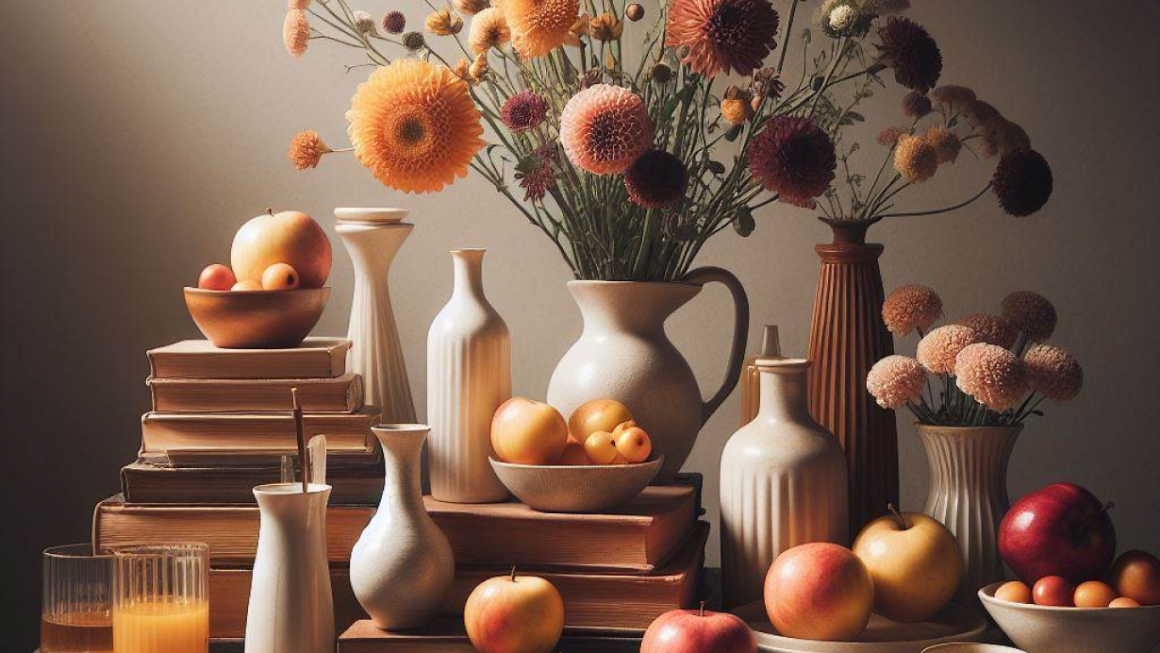Macro photography is a captivating and scientifically intriguing genre that allows photographers to delve into the intricacies of the small world around us. With specialized lenses and techniques, photographers can capture stunning images that reveal details and textures not visible to the naked eye. In this article, we will explore the art of macro photography and its significance in capturing the beauty of the miniature.
Understanding Macro Photography
Macro photography refers to the technique of taking extreme close-up photographs of subjects at a 1:1 ratio or greater. It enables us to magnify and showcase the tiniest elements of our surroundings, unveiling a whole new world that often goes unnoticed. By focusing on small subjects like flowers, insects, or even everyday objects, macro photography allows us to appreciate the intricate patterns, textures, and colors that exist in these minute details.
The Equipment: Tools of Precision
To excel in macro photography, it is essential to have the right equipment. A dedicated macro lens is the most crucial tool for capturing sharp and detailed close-up shots. These lenses have a close focusing distance and provide optimal magnification for capturing the intricate details of small subjects. Macro lenses are designed to minimize distortion and aberrations, ensuring the utmost clarity and fidelity in your images.
Additionally, a sturdy tripod is indispensable for eliminating camera shake and ensuring sharpness in your images, as even the slightest movement can result in blurriness. When working at such close distances, any motion can have a significant impact on the final image. A tripod provides stability and allows you to fine-tune your composition with precision.
Mastering Depth of Field: A Scientific Balancing Act
Depth of field plays a vital role in macro photography, as it determines the area of sharpness in your image. Due to the close proximity to the subject, depth of field becomes significantly shallow, making it crucial to carefully choose the focal point and aperture settings. Macro photographers often strive to achieve a balance between sharpness and selective focus, drawing attention to specific details while creating a pleasing bokeh effect in the background.
Experimenting with different apertures and focusing techniques is key to mastering depth of field in macro photography. By adjusting your aperture, you can control the amount of light entering the lens and influence the depth of field. Smaller apertures, such as f/16 or f/22, result in a larger depth of field, ensuring more of your subject is in focus. On the other hand, larger apertures, like f/2.8 or f/4, create a shallower depth of field, allowing you to isolate the subject from its surroundings and create a dreamy, ethereal effect.
Lighting in Macro Photography: Illuminating the Details
Proper lighting is key to capturing the intricate details and textures in macro photography. Natural light can be a fantastic source, especially during the golden hours when the light is soft and warm. The gentle, diffused light during these times enhances the delicate details of your subject, bringing out its true beauty.
However, when shooting indoors or in low-light conditions, photographers often rely on artificial lighting such as ring lights or macro-specific flashes to illuminate the subject adequately. These lighting tools provide a controlled and consistent source of light, highlighting the intricate details and ensuring accurate color reproduction.
Diffusers and reflectors can also be used to control and manipulate the light, enhancing the overall quality of the image. Diffusers soften harsh light, creating a more pleasing and even illumination on your subject. Reflectors, on the other hand, bounce light back onto the subject, filling in shadows and adding a touch of dimensionality to your photographs.
Patience and Precision: The Art of Observation
Macro photography demands both patience and precision. It requires careful observation, as small movements can disturb your subject or change the composition. Photographers often spend hours waiting for the perfect moment or the ideal lighting conditions. The art of macro photography lies in the ability to capture fleeting moments and reveal the hidden beauty in the small and often overlooked aspects of our world.
By immersing yourself in the details and intricacies of the miniature world, you develop a keen eye for composition, light, and form. Every element within the frame becomes significant, and the tiniest adjustments can make a world of difference. It is through this meticulous attention to detail that macro photographers create images that mesmerize and inspire.
Conclusion: Unlocking a World of Wonders
Macro photography offers a unique perspective, allowing us to explore the beauty and intricacy of the small world that surrounds us. With the right equipment, technique, and a keen eye for detail, photographers can capture breathtaking images that showcase the wonders hidden within the miniature. So grab your macro lens, venture into the small world around you, and unlock a whole new realm of photographic possibilities.



